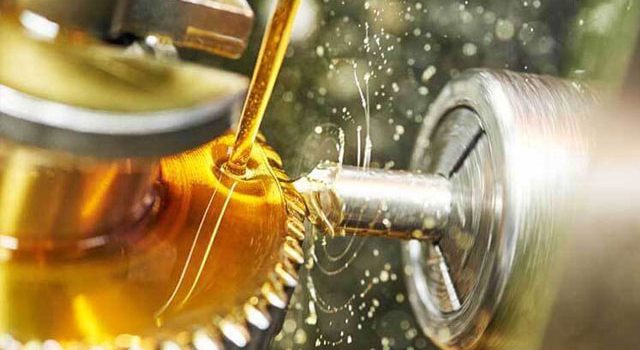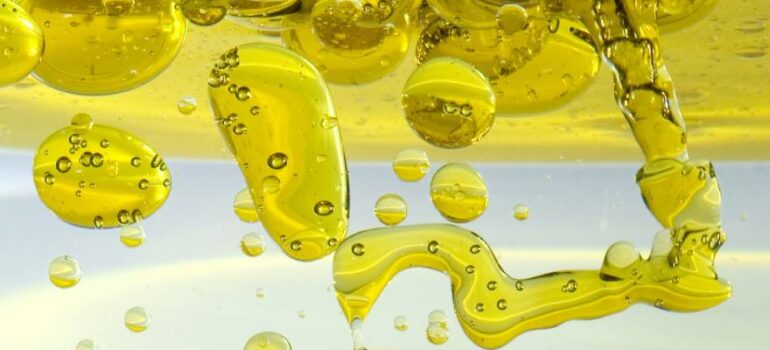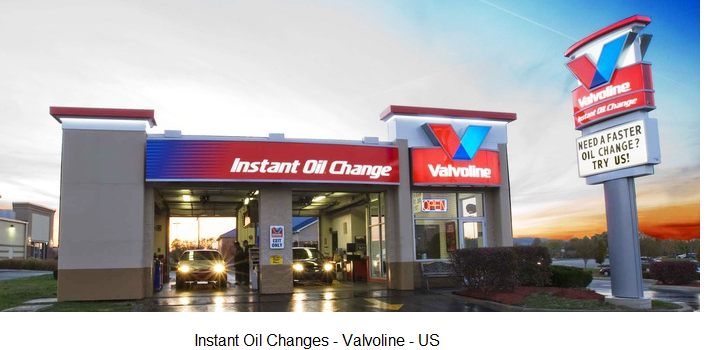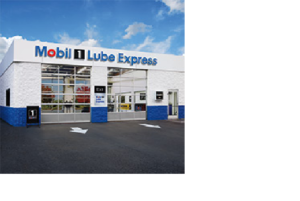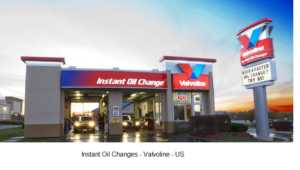Distribution channel for Lubricants
Today I thought to write about distribution
channel of lubricant and its evolution. Yes, you are right, its nothing great to write about that, but I am just noting it down to understand from where we started and where we have come & why those changes were required. This will help us to discuss and find new way of distribution channel.
Typical Distribution channel for lubricant product in India. –
The old and still prevailing distribution channel for lubricant products is shown in flow chart shown bellow.
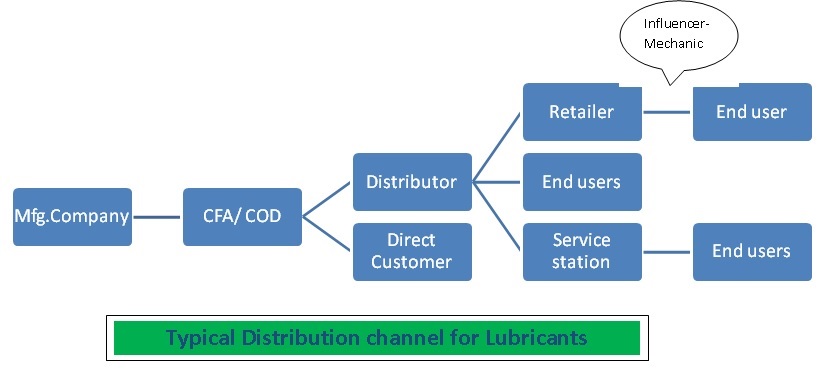
Generally, goods flow from manufacturer to their own depot or carrying & Forwarding Agents (CFA) in different geographical location. From there it is sold to direct customers such as big industries or government institutes or to the distributors. Distributors sell it to either retailers, service station or end users (mid size fleet owners or industries). These retailers or services station sell products to end users generally individuals. Here, mechanics plays his role as influencer in some cases. He recommend products to his customer who purchases it from retailers.
This is a time proven distribution channel. Even today most mid size and small companies are following same pattern of distribution channel. But with increasing competition price war has increased and thus many companies and channel partners started to cut this channel. Many companies increased there business through direct channels, few distributors started selling to even small mechanics and gave them more share of profit instead of being just influencers. And more elaborated channel looks like…
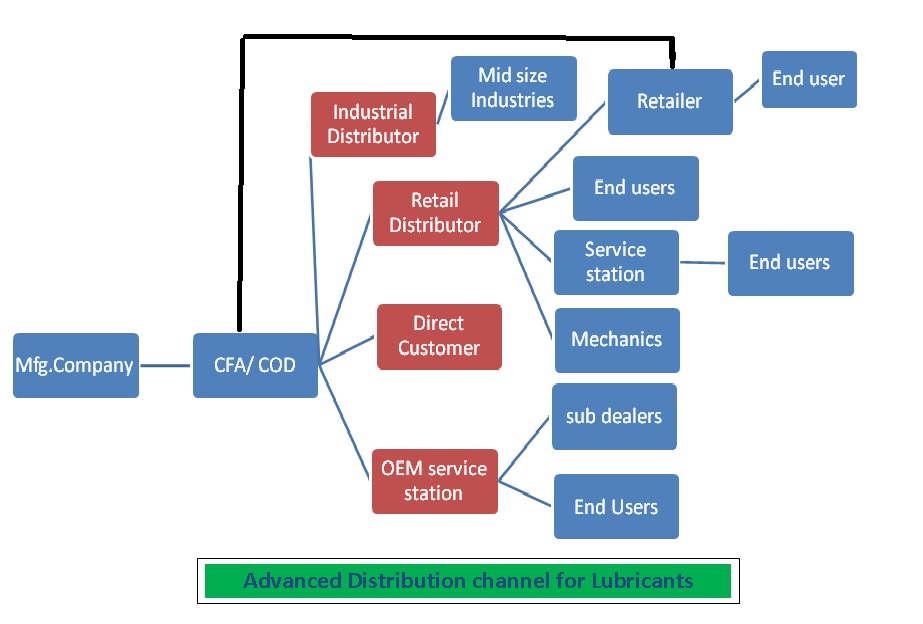
as you can see the distribution network became more complex and efforts were made to cut length of chain. This happened around 2002-2005, where yet many companies were entering in market, market was expanding. For some new comers , cutting channel was essential as they were not getting entry at distributor of retail level. At the same time, few MNCs operated direct distribution channel and were selling to retailers in metros like Mumbai, Pune. This new move has increased market share of new comers and old giants were worried as they were not growing if not shrinking. End users hesitantly started trying new products from competitively new companies.
In this scenario, leaders were pushed to think about new techniques to retain there leading position. And thus, companies like castrol came out with rural sub-distributors, followed by Gulf Oil. These companies tied-up mostly with leading retail out let in smaller town and gave them small areas to distribute their products. It was a success and gave good growth for few years at least.
At the secondary level, distributor has to start direct supply to mid size mechanics to by pass leading retailers who were not co operative to new comers or struggling companies. At present a big portion of 2-wheeler and car mechanics specially in urban market has started buying directly from distributors. Thus, focused was to cut distribution channel not only to fight price war but also to cross hurdles in distribution channel.
New distribution Channel that Failed…….
For industries like FMCG there were a huge change as malls came up in first decade of 21st century. Almost all urban FMCG distributor faced problem as number of small retailers were shutdown because of huge discounting from new big malls. Few lubricant companies has also tried to use this retail revolution, but none of them can do remarkable business despite giving huge discounts to this modern trade partners. The reason I feel was that Indian customer is unaware of DIY (do it your self) concept and till date enjoys services from mechanics or retailers.
Second revolution was online marketers. Traditional distributors & retailers in Garment, white goods, footwear industries were badly effected by this online trend but yet again, Lubricants could not be sold by this channel. Number of lubricants are available on leading online stores like Amazon & flip kart but not getting reasonable volumes. But this internet revolutions made B2b business more competitive as industrial users get more competitive suppliers through websites like IndiaMart and Tradeindia. For the companies offering specialty products are now able to advertise their product through social media marketing to their target customers, which otherwise were out of their reach.
I think this is enough for now… I am waiting for your comments and discussions and we will continue to find out ways and means to increase distribution & sales in coming years…
you can also mail me at ajit_guruji@yahoo.com.


